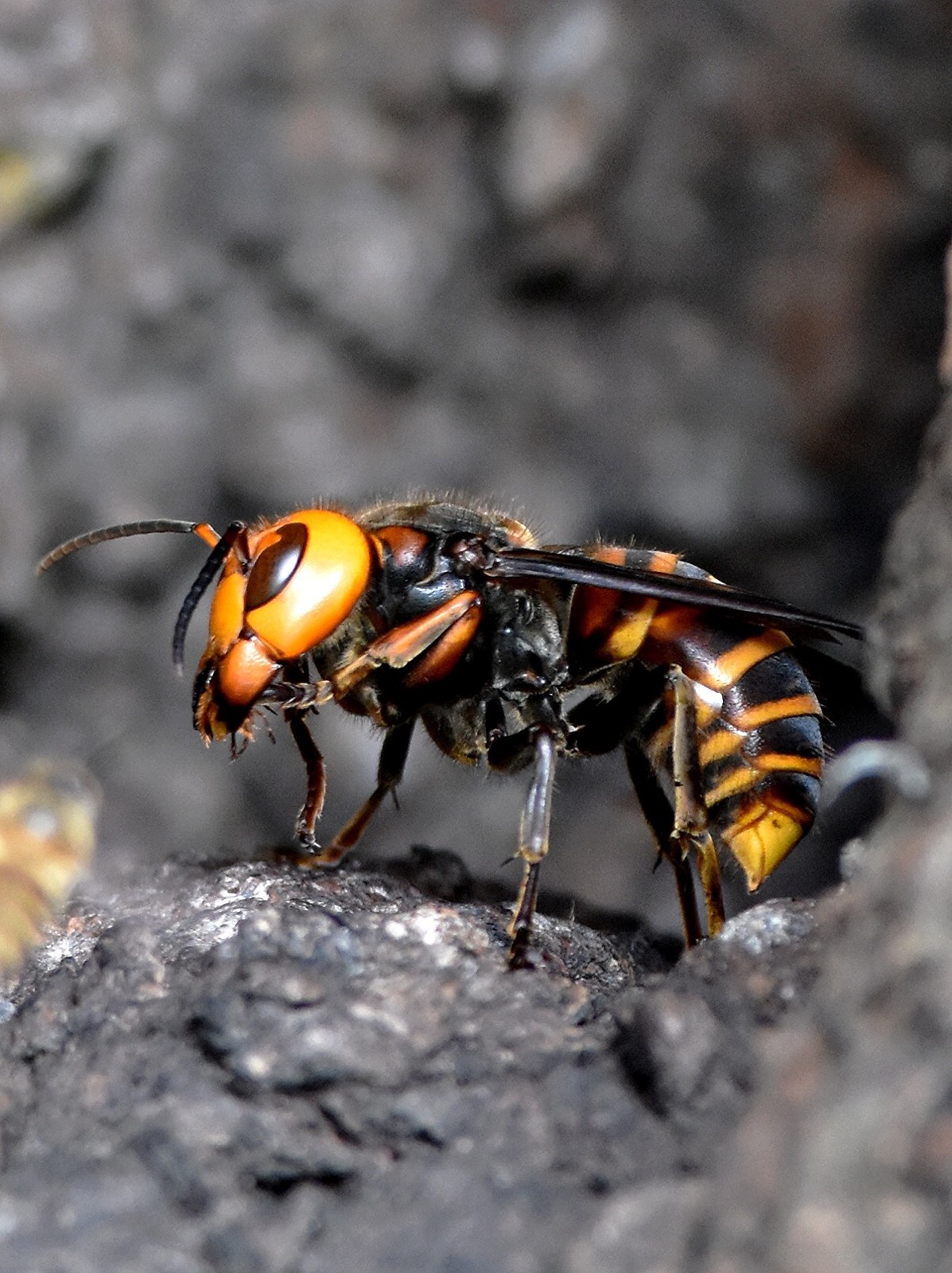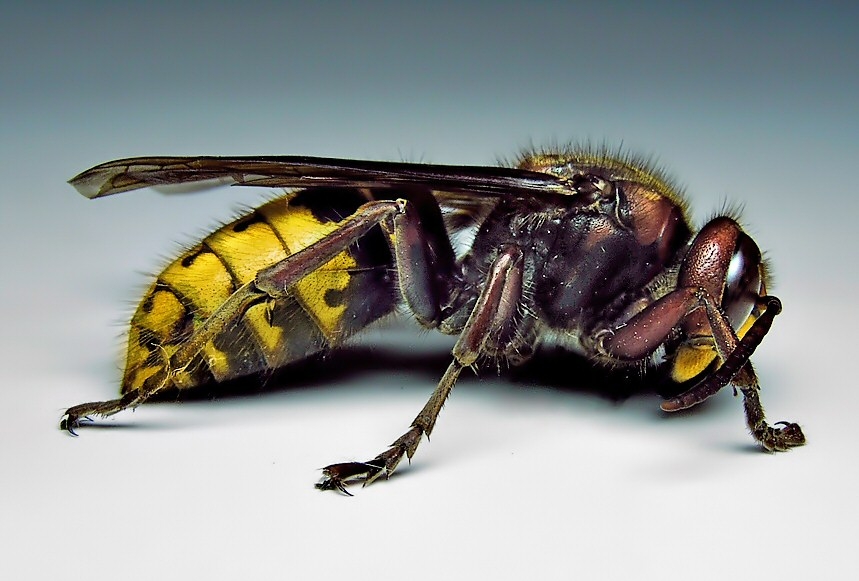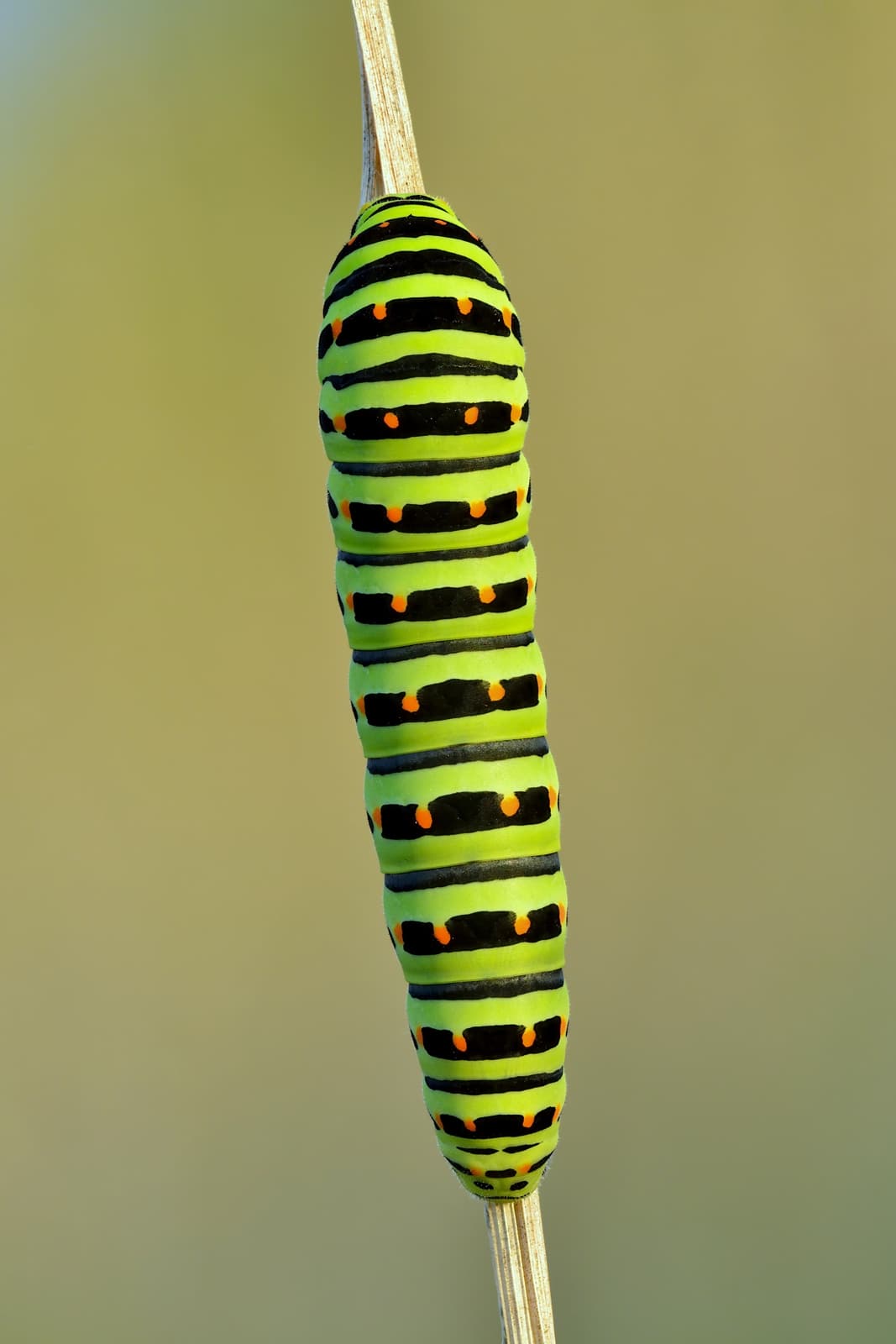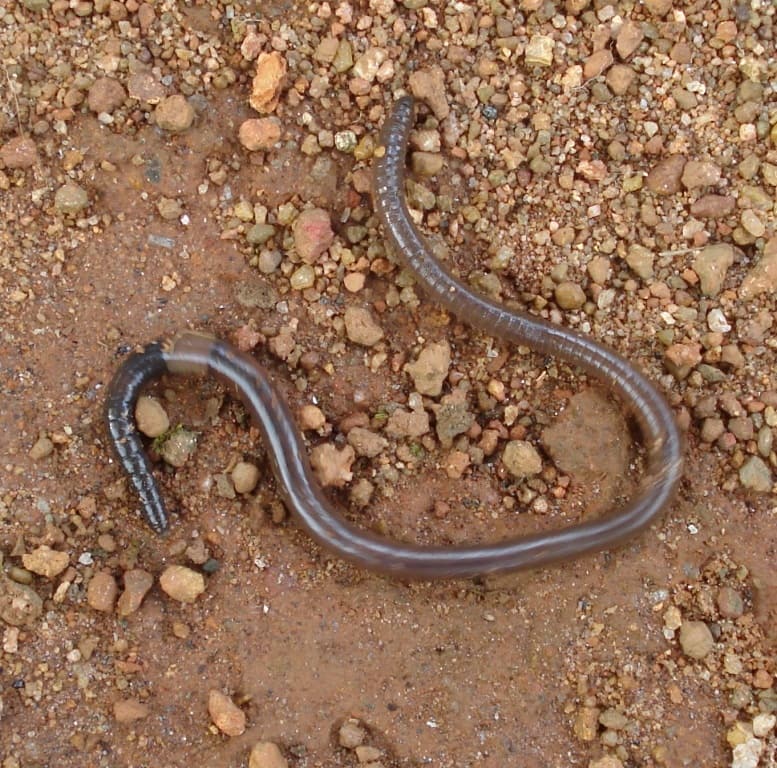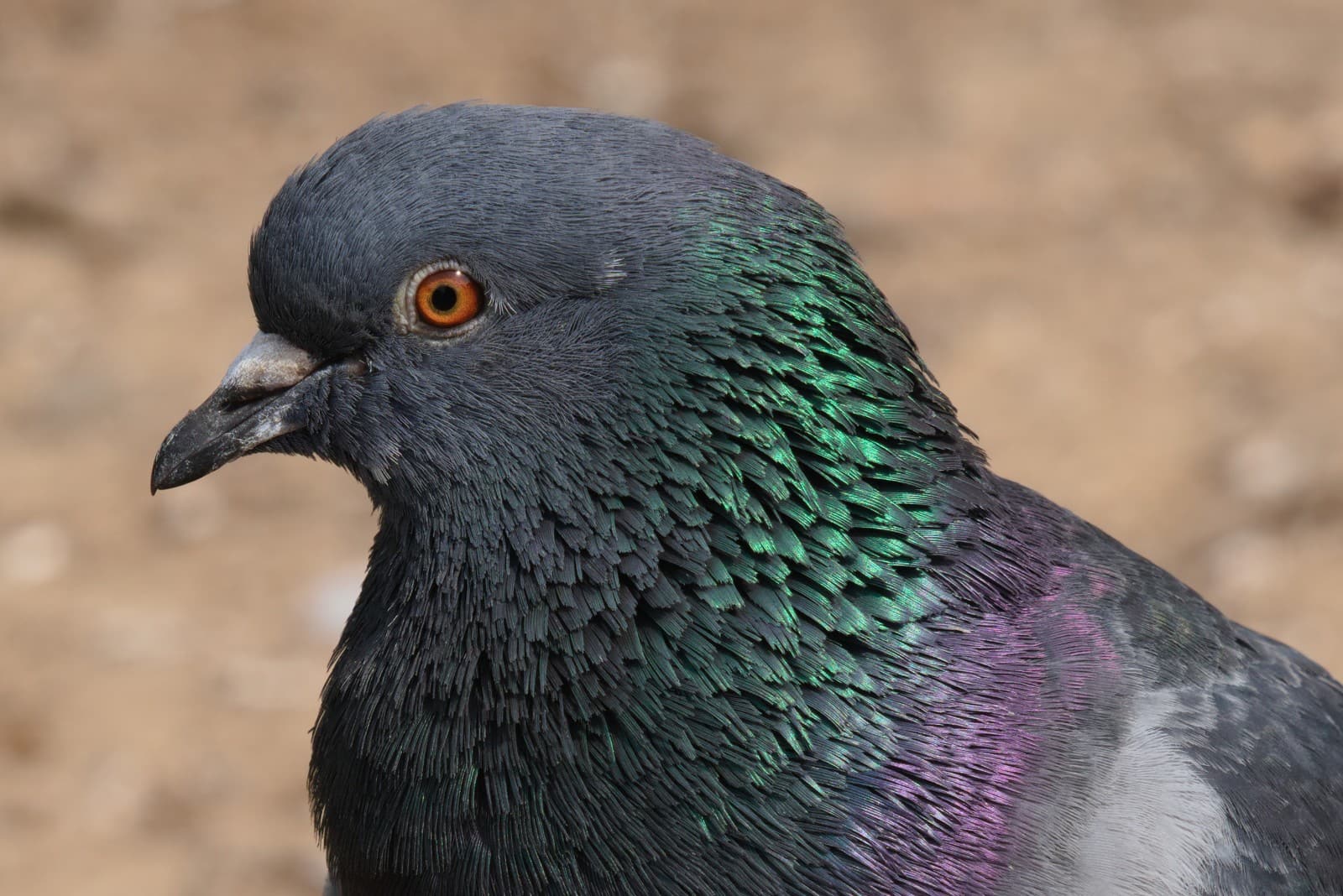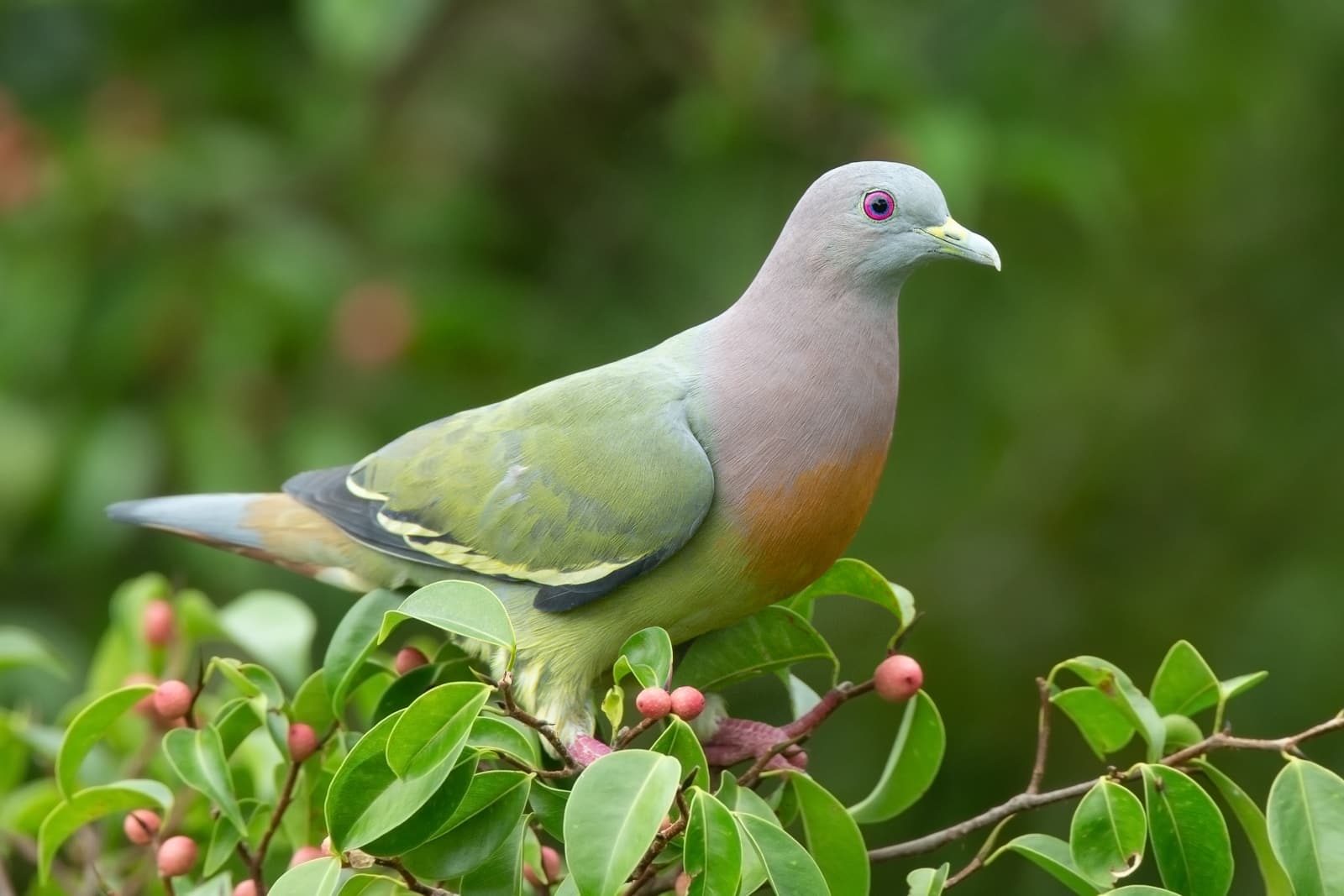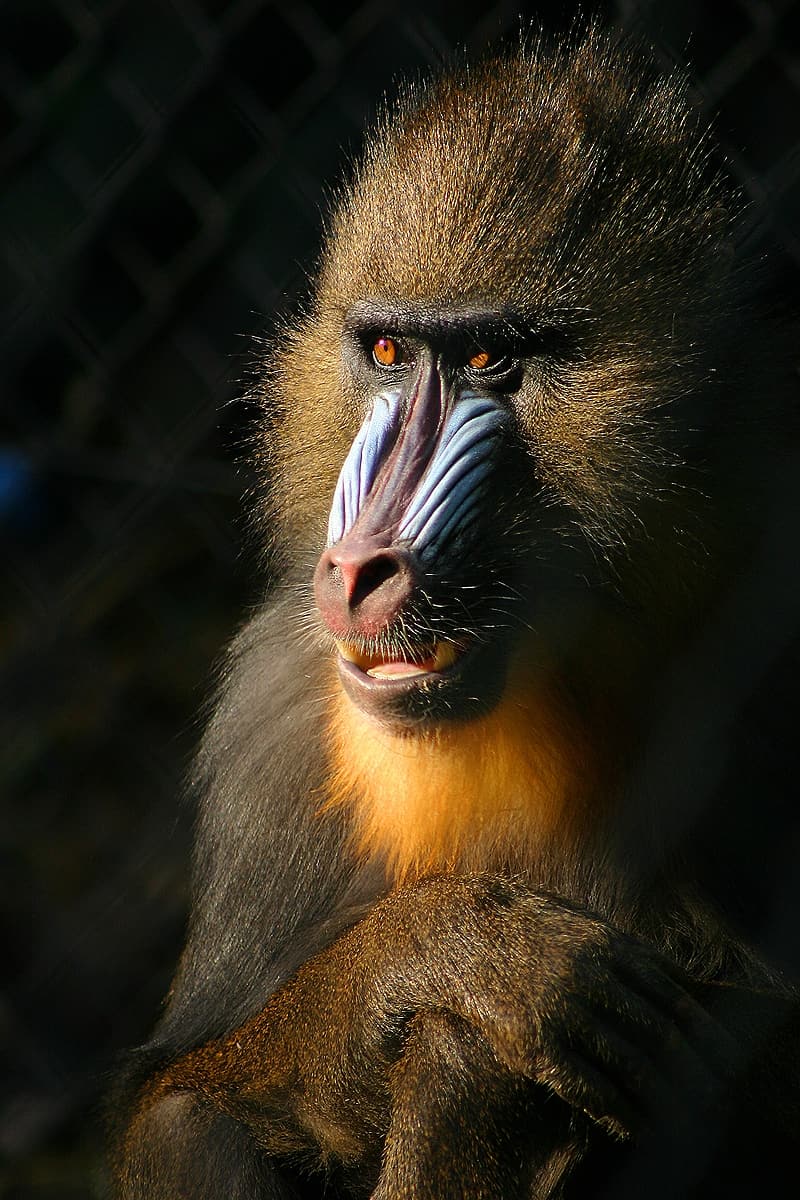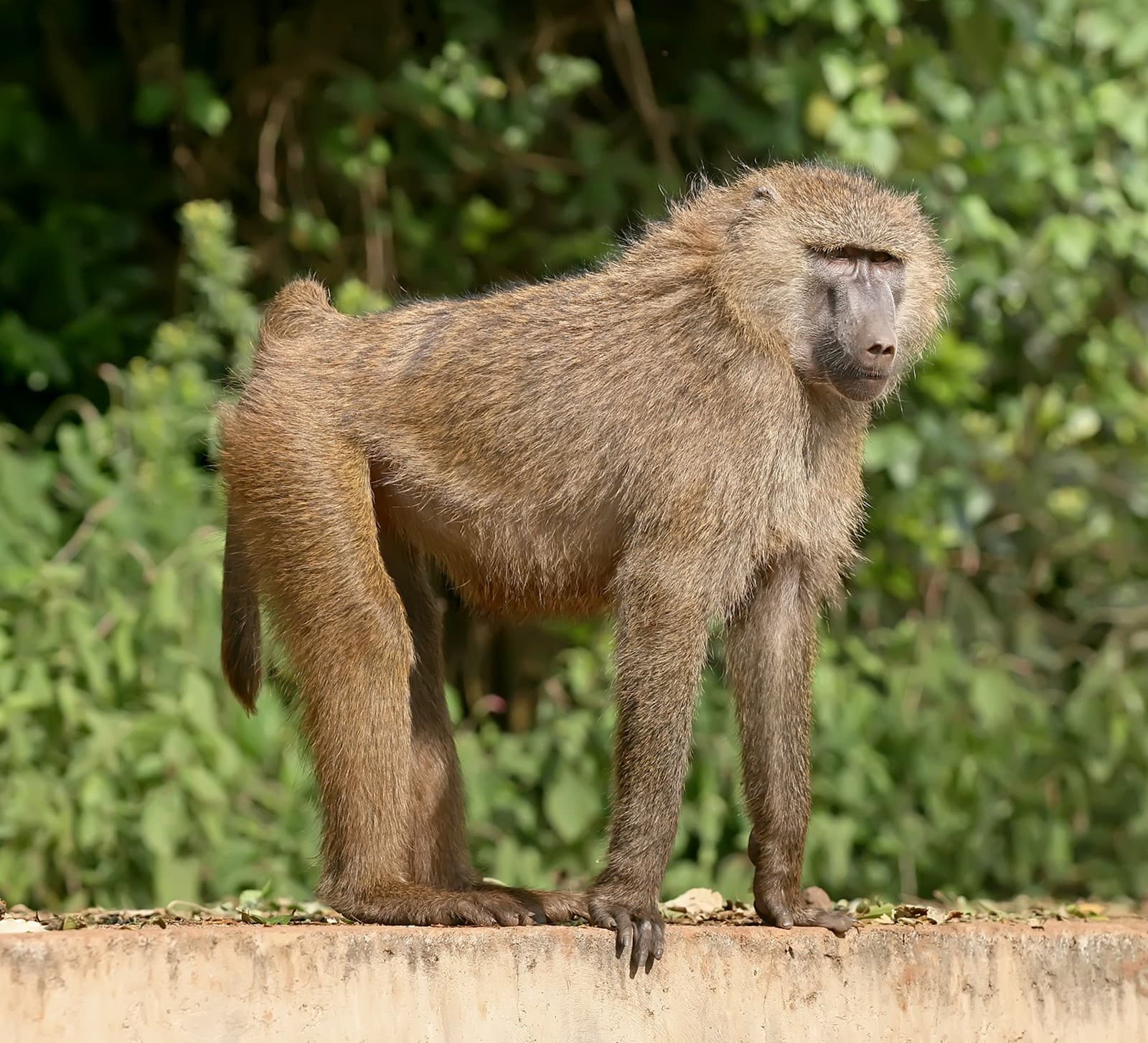Marmoset vs Tamarin: A Complete Comparison
When comparing marmosets vs tamarins, these diminutive New World monkeys share many characteristics but display distinct differences that set them apart. Marmosets are typically smaller, averaging 7-8 inches (17-20 cm) in body length, while tamarins are slightly larger at 8-12 inches (20-30 cm). Both belong to the Callitrichidae family, but marmosets possess unique specialized teeth for gouging tree bark to harvest tree sap, a feature absent in tamarins.
The most notable distinction between marmosets and tamarins lies in their dietary adaptations and physical features. Marmosets have evolved specialized lower incisors that are longer than their canine teeth, enabling them to gnaw through tree bark for gum and sap extraction. Tamarins lack these modifications and primarily focus on fruits, insects, and small vertebrates in their diet.
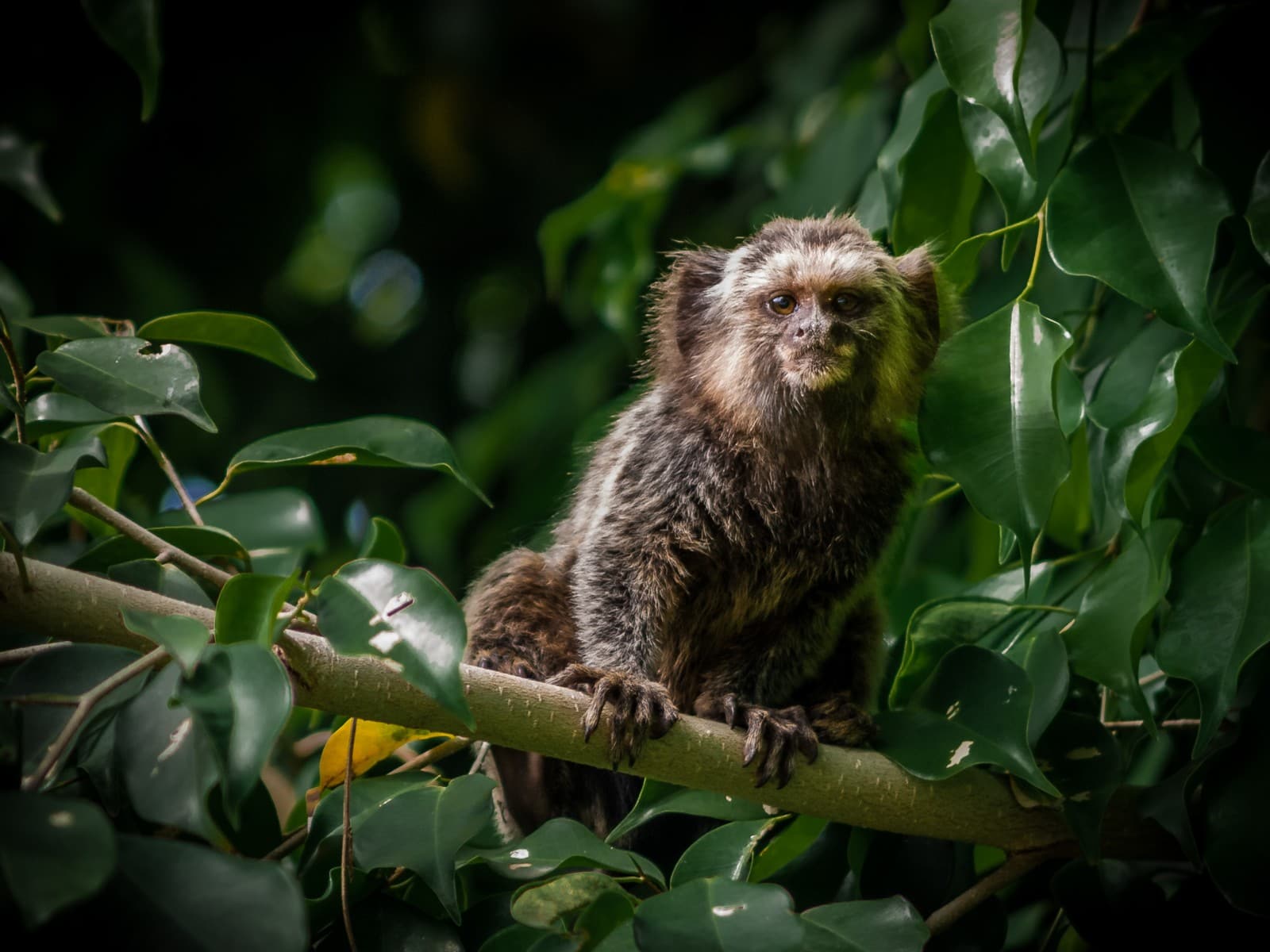
© Matheysil / CC BY-SA 4.0
The common marmoset demonstrates the typical compact build and distinctive facial features that characterize these agile primates. Note the specialized claws that aid in tree climbing and sap harvesting, a key adaptation that distinguishes marmosets from their tamarin cousins.
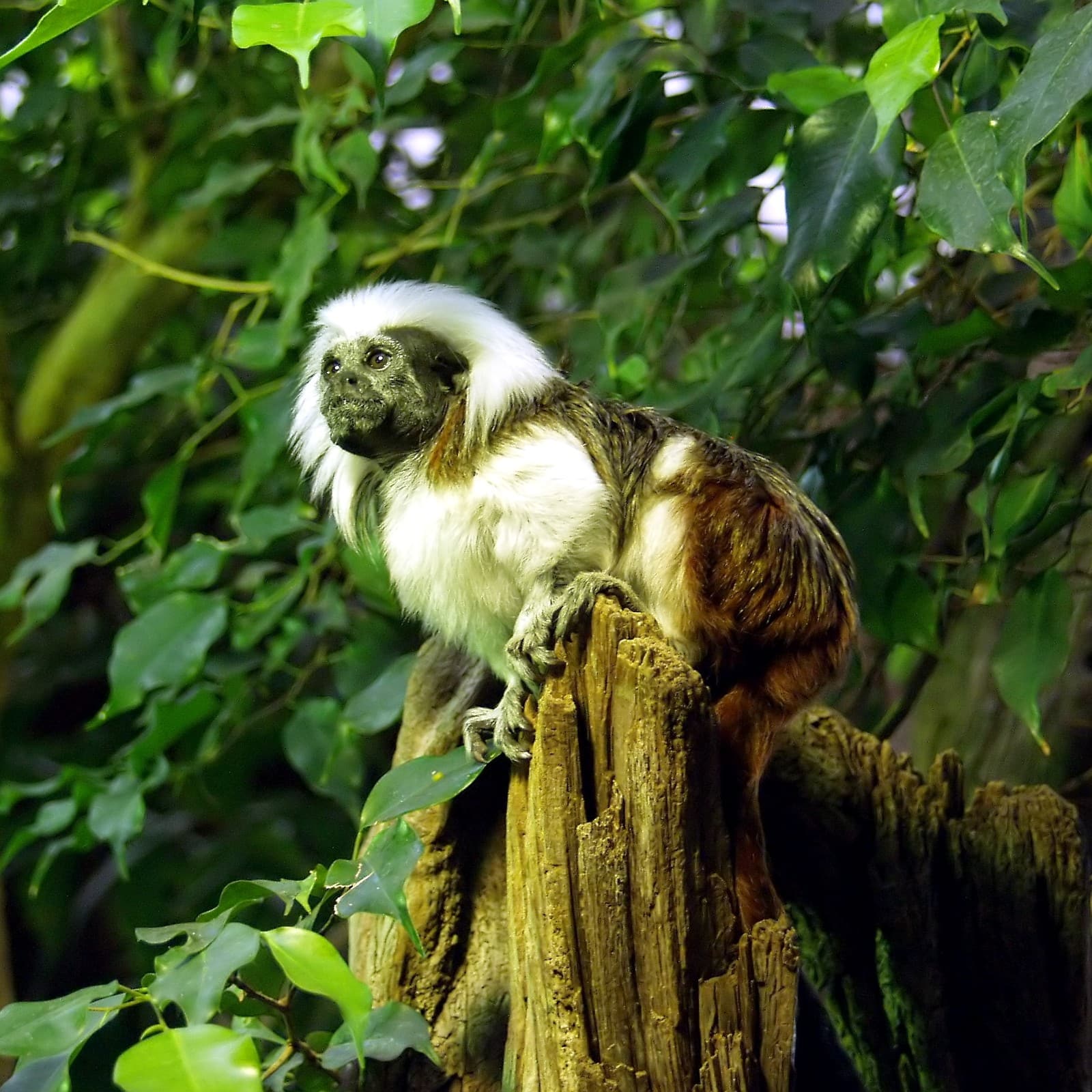
© Raimond Spekking / CC BY-SA 4.0
The cotton-top tamarin showcases the more elongated body structure and distinctive facial features typical of tamarin species. Their larger size and varied coloration patterns help distinguish them from their marmoset relatives.
Key Differences Between Marmosets and Tamarins
| Feature | Marmoset | Tamarin |
|---|---|---|
| Size | 7-8 inches (17-20 cm) | 8-12 inches (20-30 cm) |
| Weight | 4-13 oz (120-380g) | 10-25 oz (280-700g) |
| Teeth | Modified lower incisors | Regular primate dentition |
| Diet | Tree sap, gum, insects | Fruits, insects, small vertebrates |
| Claws | Specialized for tree gouging | Standard climbing claws |
| Social Structure | Family groups of 6-15 | Family groups of 3-9 |
Habitat and Distribution
Marmosets and tamarins both inhabit the neotropical forests of South America, but their ranges rarely overlap. Marmosets are primarily found in Brazil, with some species extending into neighboring countries. Tamarins have a broader distribution, ranging from southern Central America through the Amazon Basin and into northern South America.
Behavioral Differences
While both species are highly social, marmosets typically form larger family groups of 6-15 individuals, compared to tamarin groups of 3-9 members. Marmosets spend more time feeding on tree exudates, requiring specialized social behaviors for sharing feeding sites. Tamarins, conversely, travel longer distances daily in search of fruit and insects.
Reproduction and Parenting
One fascinating similarity between marmosets and tamarins is their cooperative breeding system. Both species typically give birth to twins, with all group members participating in infant care. However, marmosets show higher reproductive rates, with females capable of producing two litters annually, while tamarins typically produce one litter per year.
Conservation Status
Many tamarin species face severe conservation challenges, with several listed as endangered or critically endangered. The cotton-top tamarin and golden lion tamarin are among the most threatened. While some marmoset species also face threats, they generally maintain more stable populations due to their adaptability to disturbed habitats.
Who Would Win in a Confrontation?
While direct confrontations between marmosets and tamarins are extremely rare in nature due to their separate habitats, tamarins would likely have an advantage in any theoretical encounter due to their larger size and more robust build. However, both species are non-aggressive and typically avoid confrontation with other primates.
Diet and Feeding Adaptations
The most significant ecological difference between these primates lies in their feeding adaptations. Marmosets have evolved specialized features for their unique feeding strategy:
- Modified lower incisors for tree gouging
- Enlarged cecum for digesting tree gums
- Higher tolerance for plant exudates
Tamarins maintain a more generalist feeding strategy:
- Varied fruit-based diet
- Greater reliance on animal prey
- More extensive daily foraging range
These dietary adaptations have shaped not only their physical features but also their social behavior and ecological roles within their respective habitats.
